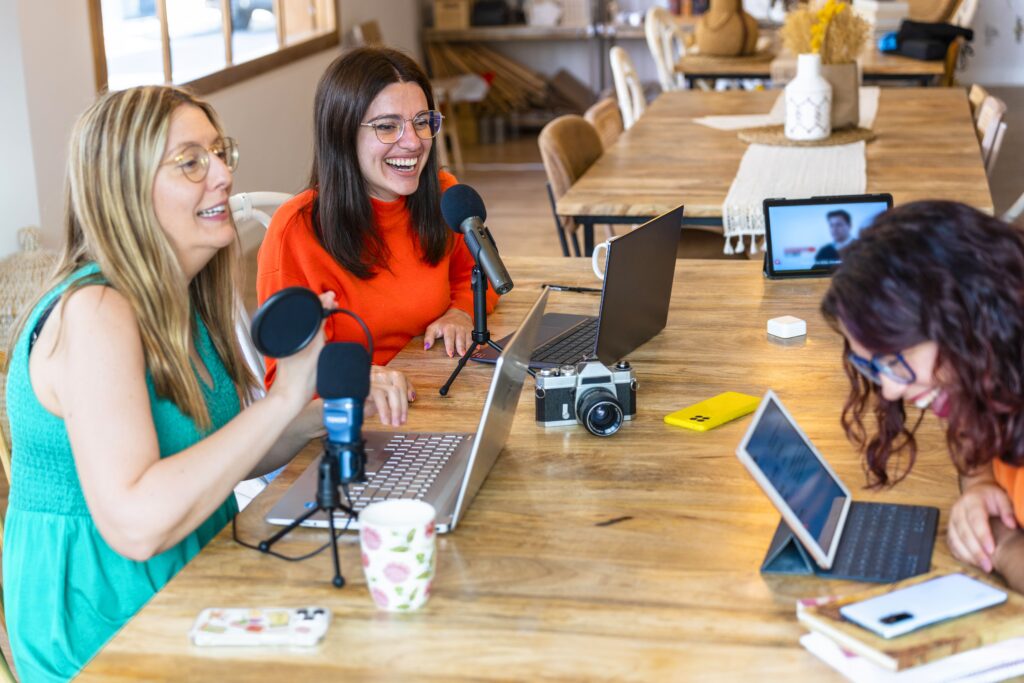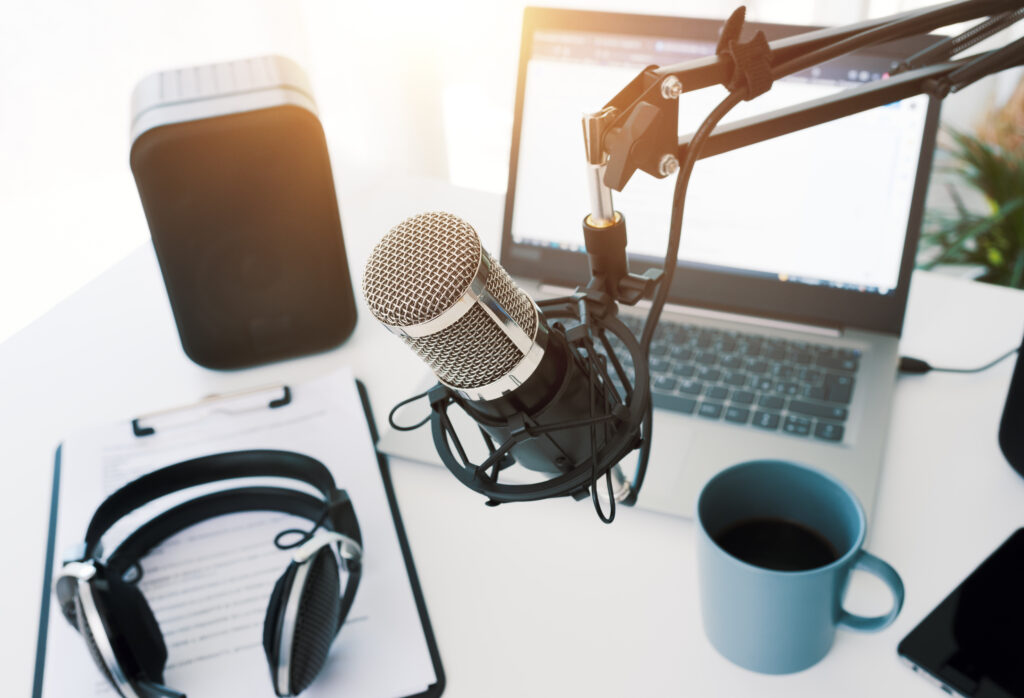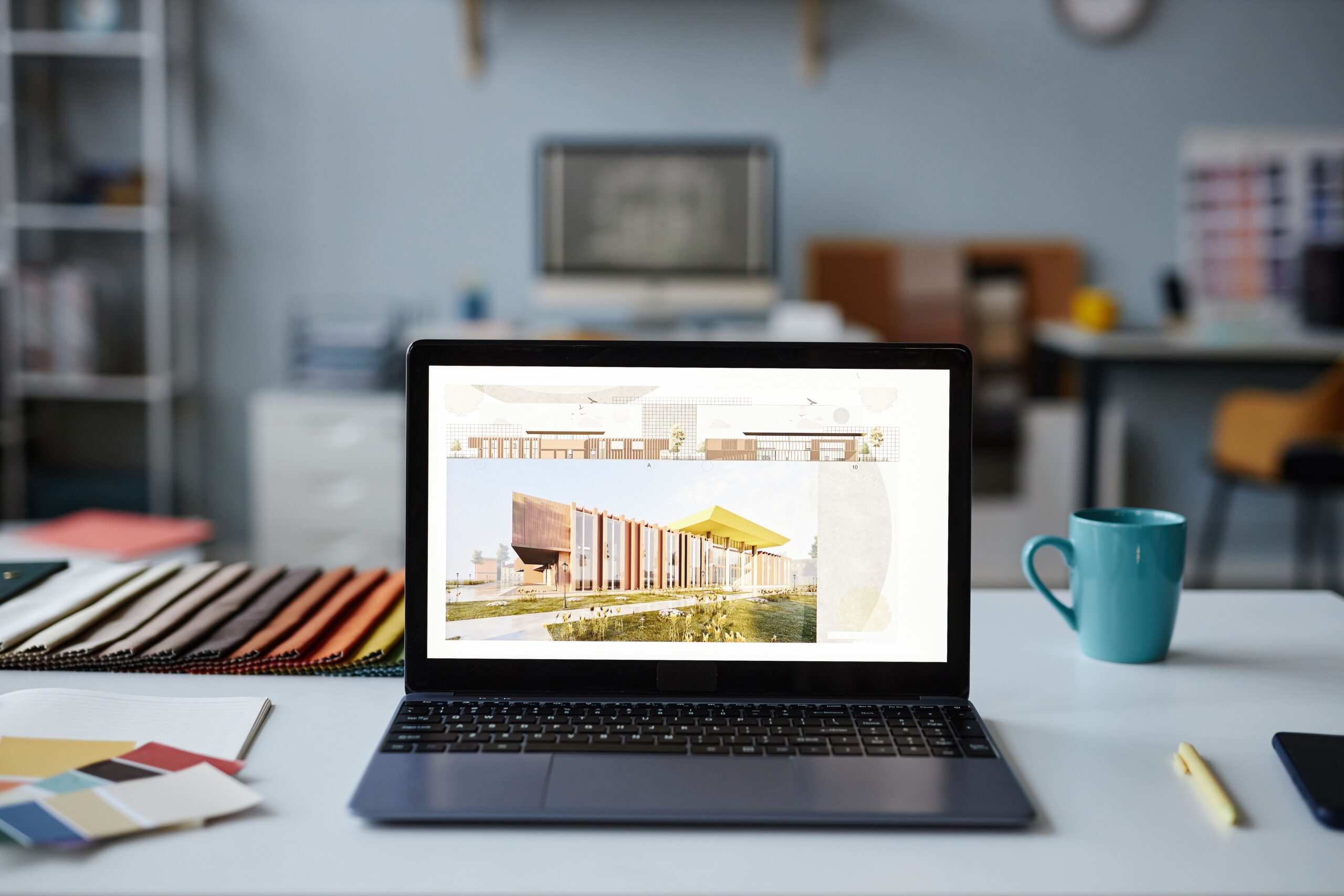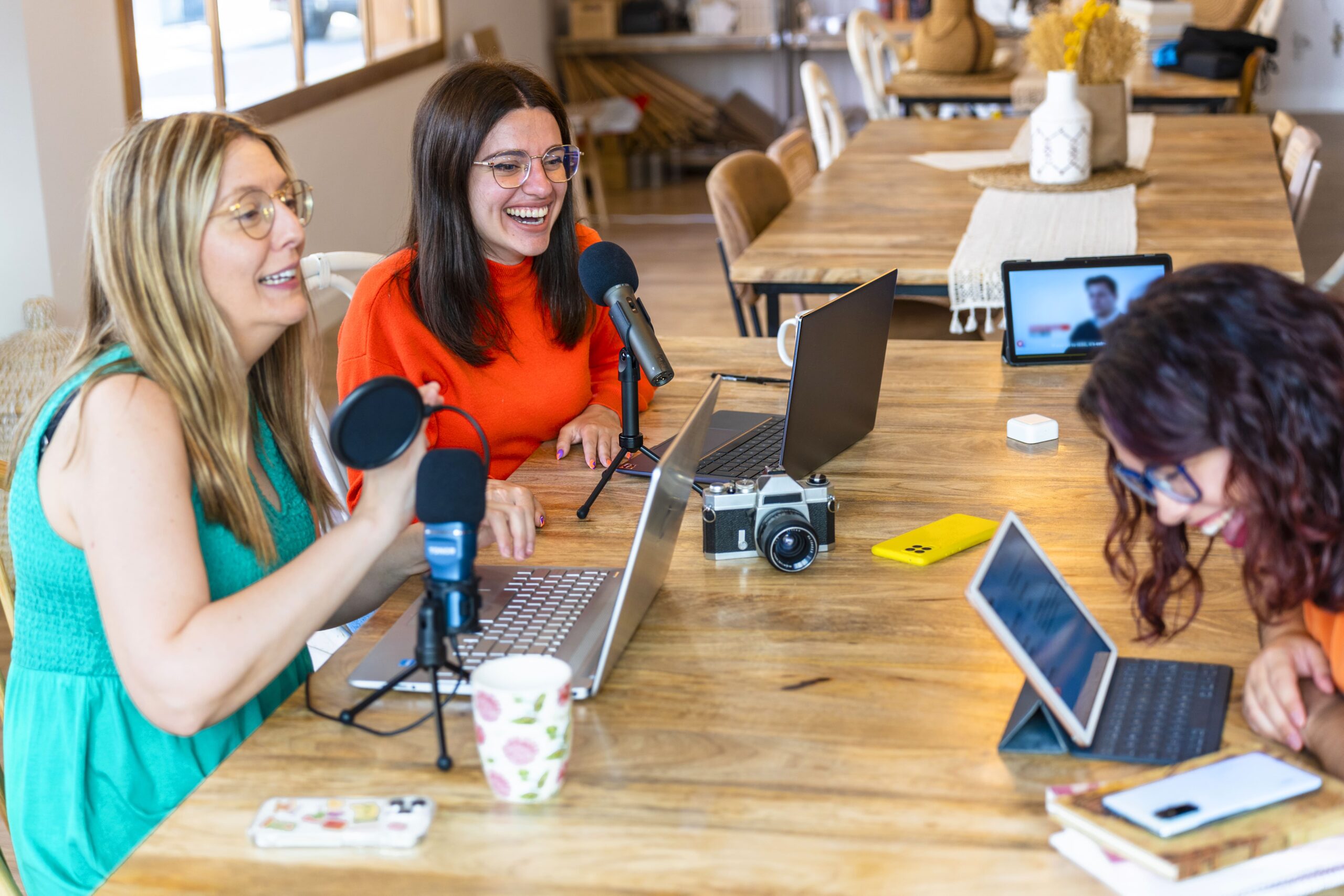Starting a Podcast: A Step-by-Step Guide to Get You Started

Starting a Podcast
Podcasting has taken the world by storm, offering a unique way to share your voice, connect with a global audience, and establish yourself as a thought leader in your industry. If you’ve been thinking about starting a podcast, now is the perfect time to dive in! Podcasts are not only a great medium for content creation but also an excellent way to build your personal brand or grow your business.
In this blog, we’ll walk you through the essential steps to launch your podcast successfully and share tips to help you along the way.
1. Define Your Podcast Concept
Before you hit the record button, it’s crucial to define the concept of your podcast. Ask yourself these questions:
- What will your podcast be about?
- Who is your target audience?
- What unique value will you provide to your listeners?
Having a clear concept will help guide your content creation and keep your podcast focused. Whether you want to discuss business strategies, personal development, entertainment, or a niche topic, understanding your goals and audience will set the foundation for your podcast’s success.
2. Choose Your Podcast Format
Podcasts come in many different formats, and it’s important to choose one that aligns with your style and content. Here are a few common formats to consider:
- Solo podcast: You’re the sole host and share insights or stories on your own.
- Co-hosted podcast: You team up with one or more co-hosts to share different perspectives.
- Interview-based podcast: You invite guests to share their expertise or experiences.
- Panel podcast: Multiple guests and hosts discuss a topic in a roundtable format.
Each format has its benefits, so choose the one that fits your vision and will engage your audience.

3. Invest in Quality Equipment
While content is king, sound quality is crucial for keeping listeners engaged. Investing in the right podcasting equipment doesn’t have to break the bank, but having clear audio makes a world of difference. Here’s what you’ll need:
- Microphone: A quality microphone is essential for crisp, professional sound. Popular options include USB mics like the Blue Yeti or XLR mics for a more advanced setup.
- Headphones: Noise-cancelling headphones will help you monitor your audio and catch any issues during recording.
- Recording Software: Programs like Audacity (free) or Adobe Audition (paid) allow you to edit and enhance your podcast episodes.
Quality equipment ensures your podcast sounds great, which will keep your audience coming back for more.
4. Plan and Script Your Episodes
Whether you prefer to ad-lib or follow a strict script, planning your episodes in advance is key to maintaining a smooth flow and keeping your listeners engaged. Here’s how to plan effectively:
- Create an outline: Sketch out the main points you want to cover in each episode.
- Add structure: Plan your introduction, main discussion, and conclusion.
- Leave room for flexibility: Even if you have a script, allow for spontaneous moments or side discussions to keep things natural.
Having a plan ensures that your episodes stay on track, but don’t be afraid to let your personality shine through!
5. Record, Edit, and Publish
Once you have your concept, equipment, and plan in place, it’s time to record! Here are a few tips for a smooth recording process:
- Test your equipment: Before each recording session, test your mic and headphones to ensure everything is working properly.
- Record in a quiet space: Reduce background noise by choosing a quiet room and minimizing distractions.
- Edit your audio: After recording, use editing software to remove any mistakes, enhance audio quality, and add music or sound effects if desired.
When your episode is ready, you can upload it to podcast hosting platforms like Buzzsprout, Podbean, or Anchor. These platforms will distribute your podcast to major directories like Apple Podcasts, and Spotify.
Conclusion
Starting a podcast may seem daunting at first, but with the right plan and tools in place, it can be an incredibly rewarding experience. Whether you want to share knowledge, entertain, or build your personal brand, podcasting offers a unique way to connect with a dedicated audience. By following these steps, you’ll be well on your way to launching a successful podcast that stands out in the crowded digital space.
At Peace I Leave With You Marketing, we’re here to help you take your podcast to the next level. Contact us today at (844) 421-1960 to learn how we can support your podcasting journey!
FAQs
Brief list of FAQs
How do I start a podcast?
Starting a podcast involves defining your concept, choosing a format, investing in the right equipment, planning episodes, recording, editing, and publishing.
What equipment do I need to start a podcast?
To start a podcast, you’ll need a quality microphone, headphones, recording software, and a quiet space to record.
Do I need to script my podcast?
While you don’t need a full script, planning your episodes with an outline helps keep your content structured and engaging.
Where should I publish my podcast?
After editing, you can publish your podcast on hosting platforms like Buzzsprout or Anchor, which will distribute it to directories like Apple Podcasts and Spotify.
Kickstart Your Growth with Expert Online Advertising!

Unlock online advertising success with our FREE Master Resell Rights (MRR) download. Attract customers, boost brand visibility, and drive results without breaking the bank! Want more offers like this? Fill out the form to stay updated on future freebies.
Latest Post













